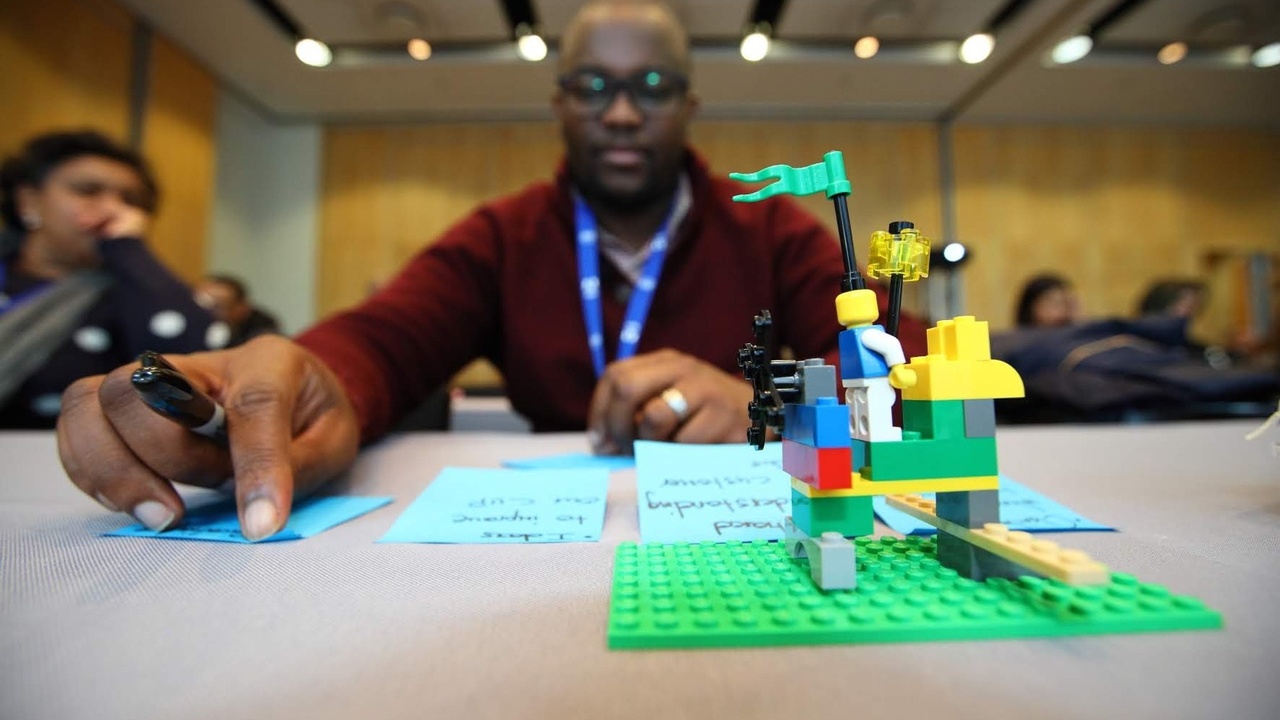
The Great Resignation - how to stop it and how to start designing an employee journey that people love.
Aug 16, 2022We recently held a webinar to get under the skin of what truly makes people want to work for a company. What is it about a company’s culture that affects someone’s decision to stay - or leave? How has the pandemic changed - and shaped - people's expectations of the workplace? And how should we build an employee journey that benefits all?
The Great Resignation.
We’ve all heard about it, a phenomenon that is a direct consequence of the Covid-19 lockdowns. With employees being forced to work from home, they had the chance to review their working life - and see it differently. From the work they were doing, to the culture they were working in, to the workplaces they would eventually have to go back to. This led to many reassessing what they wanted: more flexibility, a safe environment to learn and develop, and the empowerment to readdress and rebalance their work / life harmony.
Asking our network what they felt had been wrong with working life and what was stopping them achieving balance, we received fairly unanimous answers: from having too much to do and too few resources to achieve goals, to filling days with unnecessary meetings (we can all relate to that!), low pay, a lack of understanding of what the mission and purpose of the company was, and a feeling of misalignment between their own needs and the needs of the company. Overall, the underlying feeling was one of dissatisfaction. This in turn had driven the Great Resignation, as people leave to seek a workplace that aligns with their values, and one that provides a sense of purpose in their own working roles and their roles within the world.
The “old normal”: problematic and imperfect.
Prior to the pandemic, the way we were expected to work was problematic and imperfect but, for the large majority of us, the status quo. There weren’t many other options (albeit a slow move to flexible working, but even this came with rules and caveats). Covid supercharged the realisation that working could be different - and moved shifts in behaviour as an ever growing need for a more achievable work-life balance became prevalent. Yet there remains a disconnect between what leaders want (control) and what employees seek (balance), and now we are post-Pandemic this is causing a problem. Leadership teams are demanding we go back to the “old normal” - a broken imperfect environment - yet employees, with a newfound and justified confidence based on livable experience, are pursuing change; change that is seeing them choose alternative environments, ones which provide safe spaces for them to reach their potential and encourage empowerment to work in ways that suit them.
Stopping the exodus; it’s all about people.
Workplaces play a huge role in people’s lives, and in their welfare and wellbeing. So what should we be doing to create workplace joy?
Our network made it clear that it comes down to people: removing pressure on people in the workplace, creating a safe and nurturing environment to grow and prosper, interacting with colleagues on a more personal level - and ensuring everyone shares a common goal; one where all are pulling together in the same direction.
What this all boils down to is what makes up the soul of a company; the livable culture. This is not about what we sell and how we sell it. It’s the ethos in the way we treat those around us. It’s about understanding the entire employee journey, from a prospective employee’s first interaction during a job search, through to their last day.
Defining your employee journey.
Understanding your employee journey ensures that you understand the culture you want to create and nurture. Defining these values and living them is key in creating a workplace where people at all levels feel safe, valued, nurtured, encouraged, supported and respected. These are key ingredients in creating a workplace that thrives. Happier workplaces mean happier employees and this translates to happier customers.
To sum up the findings from our discussion, we at BrandLove would use the metaphor of a garden: we all need to flower. We will all experience autumn and have to endure our own winters, but throughout, we need fertilisation and nurturing so that we can blossom. If you don’t look after your people, they won’t flower - and we can’t build a happy workplace with happy people and happy customers if our people are wilting.
Chantel Botha is the Chief Executive Officer of BrandLove, helping companies bring the best out of their people.
To find out more about BrandLove and how we can help you to inspire, engage and develop your teams, contact us on: [email protected]
Stay connected with news and updates!
Join our mailing list to receive the latest news and updates from our team.
Don't worry, your information will not be shared.
We hate SPAM. We will never sell your information, for any reason.

